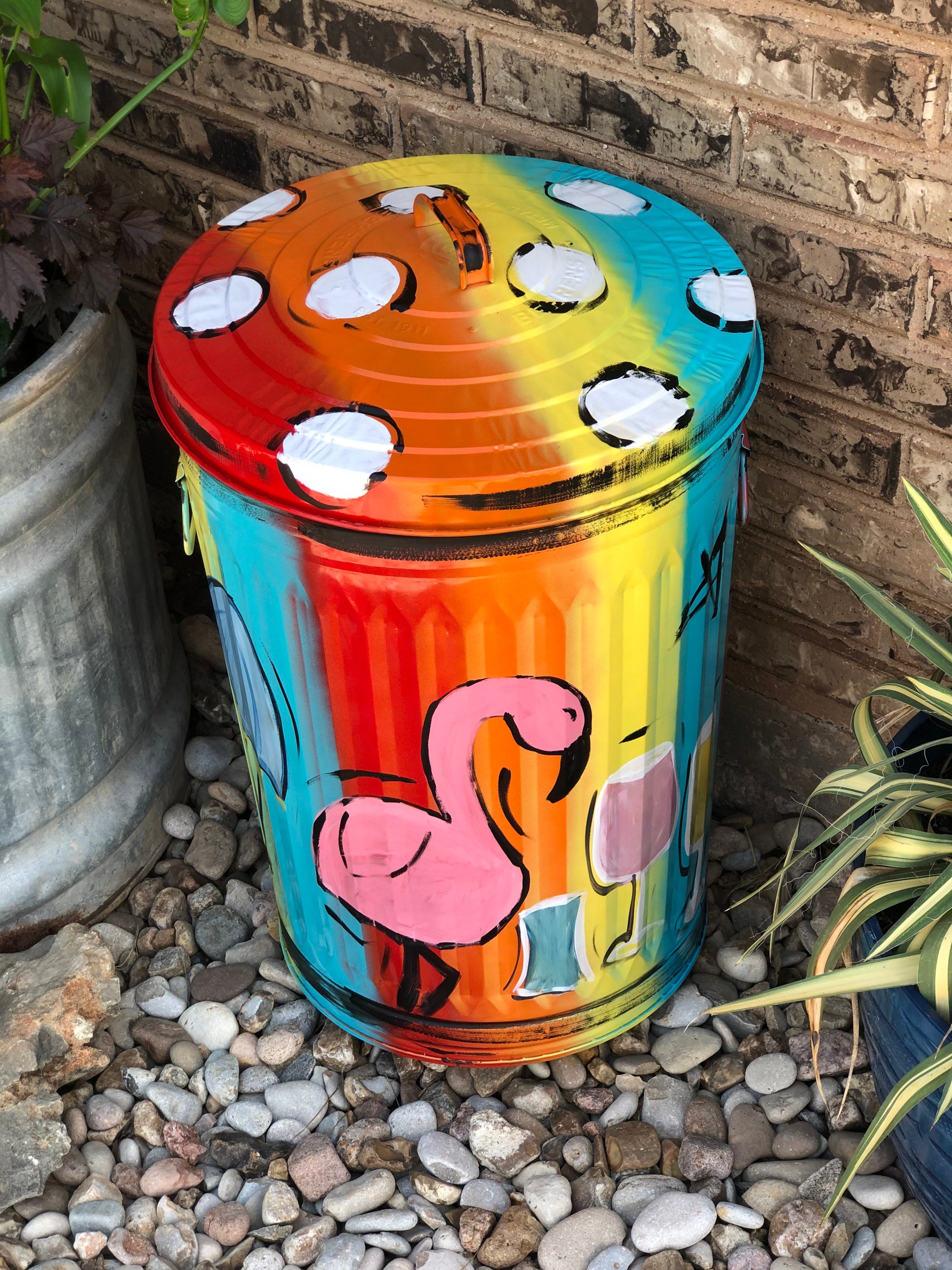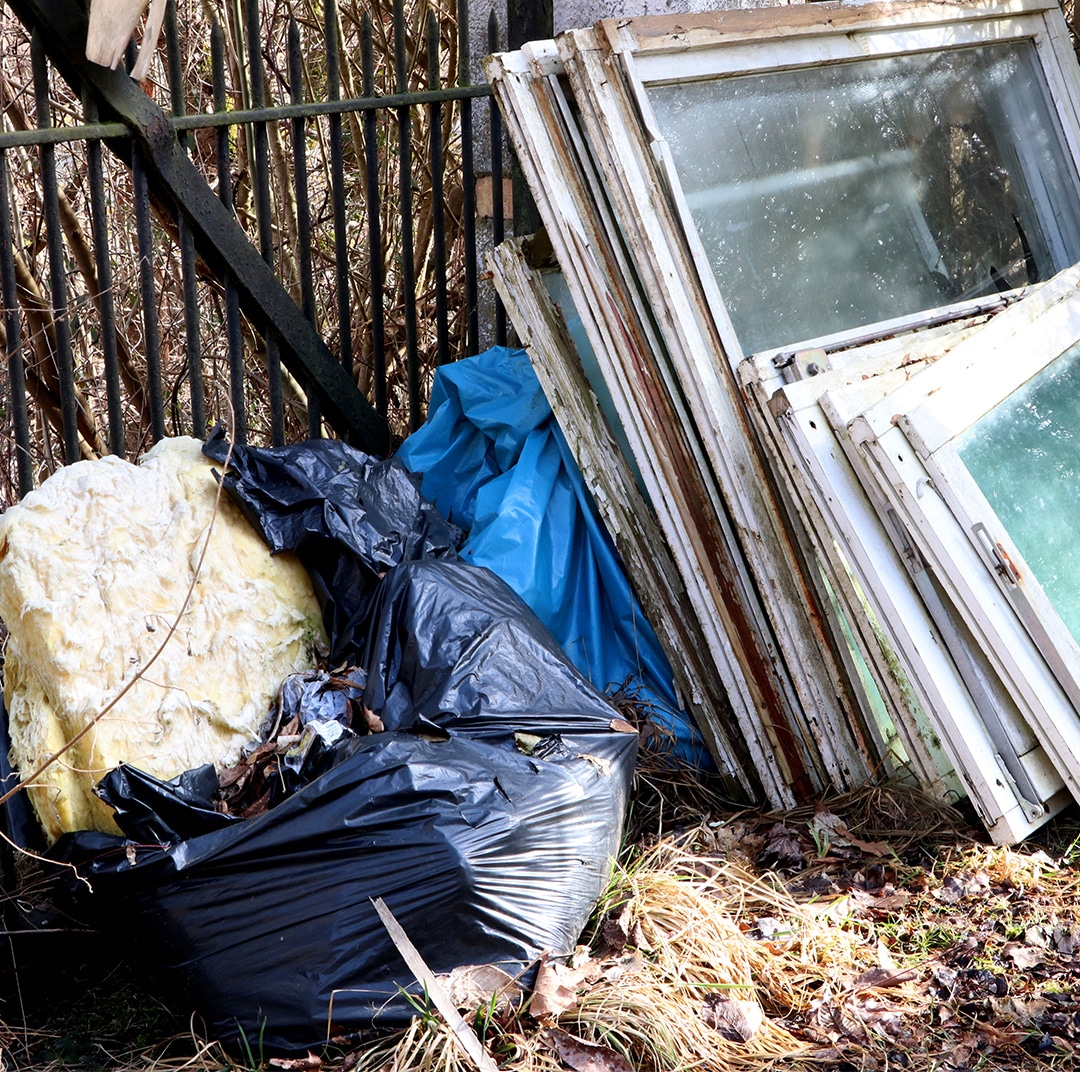


Selecting what images to annotate and add was done rather methodically. The results were promising, but clearly not enough: This was done on about 40 images selected from the web. We selected the initial weights available (tiny yolo) and trained the model to detect only one class: trash. We started off testing the idea of trash detection with the YOLO ( You Only Look Once) object detection system in the beginning of March 2019. These images were not in the training dataset and were used to assess the accuracy of the model. Result validation, Testing the training – After each training cycle, the best model was chosen and tested by having it predict trash on test images.Training the machine learning model – This was done multiple times, each time adapting the parameters of the Mask R-CNN model to improve the results and adding new images to the training dataset.

We got help from the lovely volunteers from LDIW Foundation and UC Riverside, and all together manually annotated over 1000 images for the model to learn what trash is.
#TRASH IT PICTURES MANUAL#

'It's a fast-moving thriller,' says Andy, 'and – yes – its popularity still surprises me.
#TRASH IT PICTURES MOVIE#
The movie hit cinemas in 2014, directed by Stephen Daldry and scripted by Richard Curtis. The novel was shortlisted for the CILIP Carnegie Medal, and has been translated into thirty-five languages. 'Trash' was published by the legendary David Fickling, whose credits include 'The Boy in the Striped Pyjamas' and 'The Curious Incident of the Dog in the Night-Time'. And it's three street-boys against the world. As the net tightens, they uncover a dead man's mission to put right a terrible wrong. Hounded by the police, it takes all their quick-thinking and fast-talking to stay ahead. Soon he and his friends are running for their lives. A small leather bag falls into his hands. Then one unlucky-lucky day, the world turns upside down. He spends his days wading through mountains of steaming trash, sifting it, sorting it, breathing it, sleeping on it.


 0 kommentar(er)
0 kommentar(er)
